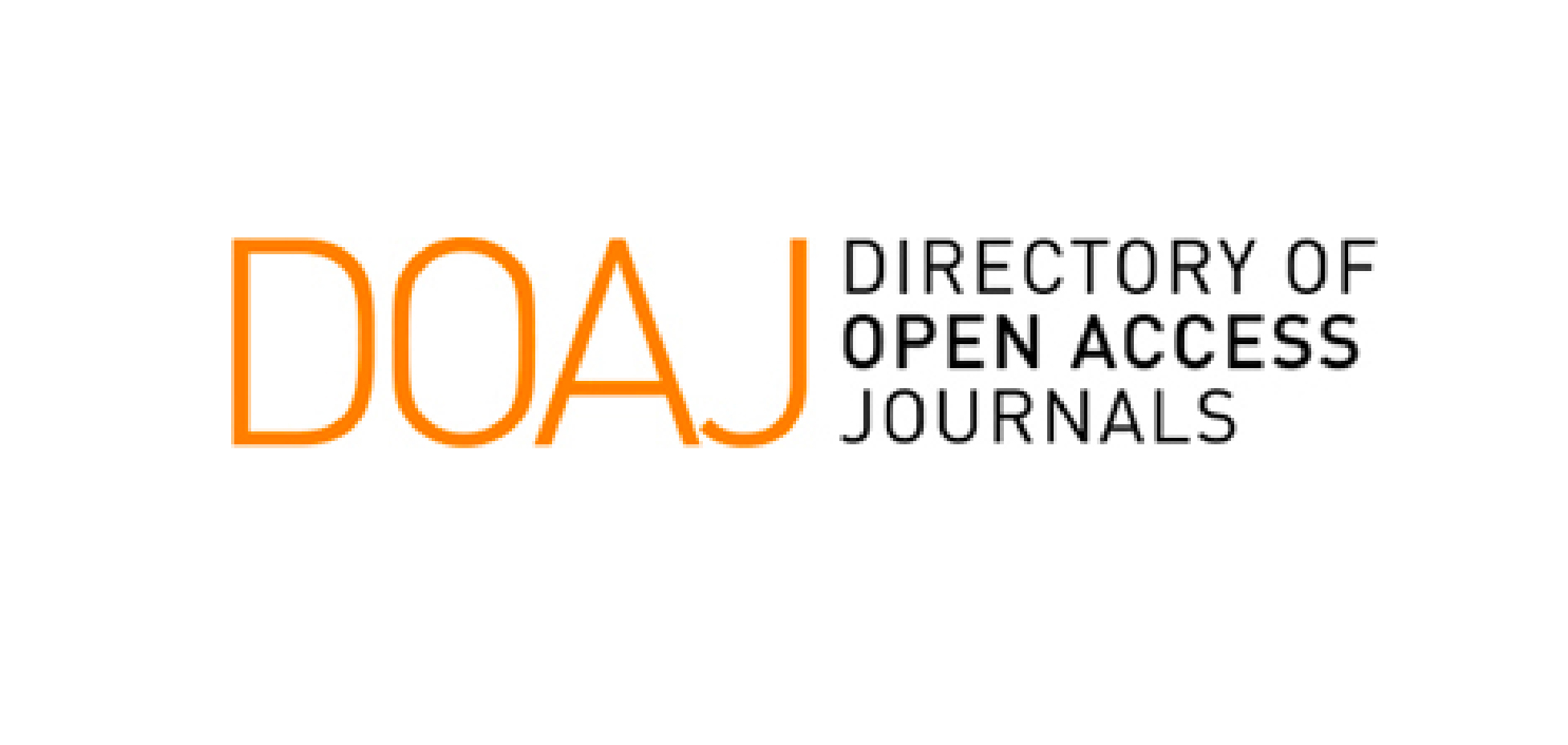UNDERSTANDING TEACHER TALK TO SUPPORT STUDENTS’ COMMUNICATIVE COMPETENCE
Abstract
Most people learn a foreign language in classrooms. Classroom language is the chief source of foreign language learning and in some places it is the only source. It functions not only as a major source of language learning but also as a tool by which a foreign language is taught. Based on the theory of second language acquisition (SLA), it is believed that the language that teachers address to L2 learners will to some degree influence language learning. Since a better understanding of the use of teachers’ language can undoubtedly help students improve their learning, students can make a better use of teacher talk to learn the target language.
Keywords
Full Text:
PDFReferences
Allwright, D. & Bailey, K. 1991. Focus on the Language Classroom. Cambridge: Cambridge University Press.
Brown, H. D. 2000. Principles of Language Learning and Teaching (3rd Edition). Cambridge: Cambridge University Press.
Barnes, D.1969. Language in the Secondary Classroom. In D. Barnes et al. (eds.) Language, the Learner and the School. Harmondsworth: Penguin.
Chaudron, C. 1988. Second Language Classrooms: Research on Teaching and Learning. Cambridge: Cambridge University Press.
Cook, V. 2000. Second Language Learning and Language Teaching (2nd Edition). Cambridge: Cambridge University Press.
Donald, K & Paul D. Eggen. 1989. Learning and Teaching: Reaearch based Methods.
Ellis, R. 1985. Understanding Second Language Acquisition. Cambridge: Cambridge University Press.
Ellis, R. 1994. The Study of Second Language Acquisition. Cambridge: Cambridge University Press.
Johnson Keith. 2002. An Introduction to Foreign Language Learning and Teaching. Cambridge: Cambridge University Press.
Harmer, J. 2000. How to Teach English. Cambridge: Cambridge University Press.
Larsen-Freeman, D.& Long, M. 2000. An Introduction to Second Language Acquisition Research. Cambridge: Cambridge University Press.
Long, M & Sato, C. 1983. Classroom Foreigner Talk Discourse: Forms and Functions of Teachers’ questions. In Seliger and Long (eds.) Classroom Oriented Research in Second Language Acquisition. Newbury House.
Long, M. 1983b. Native speaker/non-native speaker conversation in the second language classroom. On TESOL’82: Pacific Perspectives on Language Learning and Teaching. Washington, D.C.: TESOL.
Nunan, David. 1991. Language Teaching Methodology: a textbook for Teachers. Cambridge: Cambridge University Press.
Richards, J.& Lockhart, C. 1994. Reflective Teaching in Second Language Classrooms. Cambridge: Cambridge University Press.
Richards, J. C. 1992. Longman Dictionary of Language teaching & Applied linguistics. Cambridge: Cambridge University Press.
Stern, H.H. 1983. Fundamental Concepts of Language Teaching. Cambridge: Cambridge University Press.
Strong, M. 1983. Motivating Analysis of Exchange Structure. In M. Coulthard and M. Swain, M. 1985. Communicative competence: some roles of comprehensible input and comprehensible output in its development. In S. Gass & C. Madden (eds.). Input in Second Language Acquisition. Rowley, Mass.: Newbury House.
Ur Penny. 2000. A Course in Language Teaching Practice and Theory. Cambridge: Cambridge University Press.
Van Lier, L. 1988. The Classroom and the Language Learner. London: Longman. Weinstein, C. S. 1989. Teacher Education Students’ Perceptions of Teaching. Journal of Teacher Education.
Wheldall, K. & F. Merrett. 1987. What is the Behavioral Approach to Teaching? In N. Hastings and J. Ackwieso (Eds.) New Directions in Educational Psychology (Vol. 2), Behavior and Motivation. Brighton: Falmer Press.
Wheldall, K. & F. Merrett. 1984. Positive Teaching: The Behavioral Approach. London: Allen and Unwin.
DOI: http://dx.doi.org/10.12962/j24433527.v8i2.1249
Refbacks
- There are currently no refbacks.
This work is licensed under a Creative Commons Attribution 4.0 International License.







